Table of Contents
Would you be willing to pay an astonishing price for a steak? If you’re a steak connoisseur, you probably know the Wagyu steak will cost you a staggering amount of up to 200 dollars per pound or more! Why do you think it costs three to four times more than regular beefsteak? Well, While a prime Angus cow in the United States can sell for four around $3,000, a Wagyu cow can go for four times that much!
Initially, it originated in Japan and became tremendously famous worldwide for its exquisite taste, unbeatable quality, and higher price point. Now, what makes Wagyu the most expensive and succulent beef in the world? Well, to ease your intrigue with relevant background information regarding how it’s produced and what are the reasons behind its expensive price tag, we’ve discussed Why Wagyu Beef Is So Expensive!
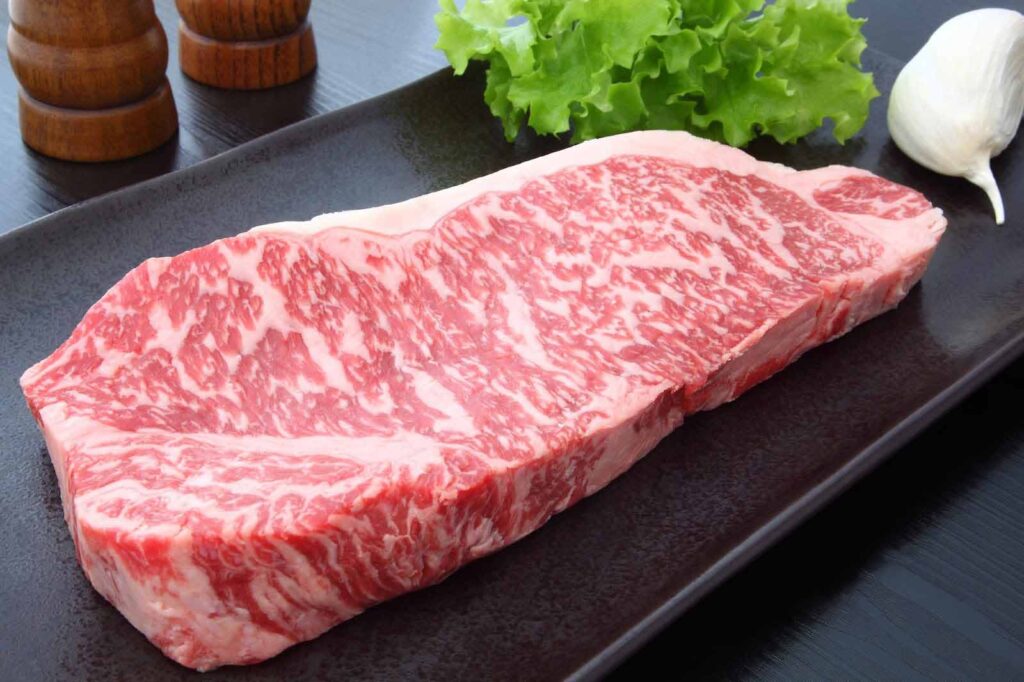
Brief History of Wagyu Beef
The Japanese term “Wagyu” refers to Japanese Cattle, which translates to ‘Wa’ meaning Japanese, and ‘gyu’ meaning Cow. Mainly, Wagyu beef is produced from four breeds of Japanese cow: The Japanese black, brown, shorthorn, and polled.
In the 19th Century, Japan opened up to Western culture, and native European breeds such as Shorthorn and Holstein were crossed with native Japanese breeds to create cows that have become the four Wagyu breeds, which produce higher concentrations of fatty acids and more marbled texture than any other breeds. Additionally, in 1867, Kobe beef was introduced as an exclusive variety of Wagyu, and by then, the marbling texture in the popular Japanese cattle had been well-established.
According to the American Wagyu Association, the genetic formation of Wagyu breed cows separated nearly 35,000 years ago. This separation resulted in a genetic mix-up with other cows in 1920, which turned into the modern strain of Wagyu beef that we know today. At present, the expensive Wagyu beef is not just produced in Japan, but also in Australia and the United States.
Why Wagyu Beef Is So Expensive
Now, don’t you wonder why this specific beef puts a dent in your wallet? Actually, there are valid reasons behind it. Let’s get into the most apparent factors worth mentioning!
Variety & Grading
The Japan Meat Grading Association(JMGA) has set a common grading system for varieties of Wagyu beef. This grading system was established in 1988 and was based on a yield grade and a meat quality grade.

In simpler words, this grade is determined by the amount of intramuscular fat or marbling texture, the color of the fat, and the firmness of the meat. And these grading criteria are strict because only the best beef will be marketed as branded Wagyu. For example, only A4 and A5 beef qualify to be certified, branded, and sold as the sought-after Kobe Beef.
In fact, the higher the grade, the higher the price. These serious selection methods combining the production and sale of Wagyu beef contribute to its priciness. Additionally, the beef raters are highly paid for their specialized work, making the whole rating process expensive. Thus the time-consuming and costly process of grading varieties of Wagyu beef is one of the initial reasons for its higher price.
Cattle Maintenance & Feeding
Wagyu cattle, also known as Japanese black cattle, need a high level of maintenance. Well, they are usually fed a high-concentrate and high-energy diet from 11 months to 30 months of age to induce intramuscular fat before slaughter. Besides, their diet consists of formulated feed and roughage, beer bran, hay, and rice straw. And the total feed consumption during the fattening period is up to 5 tons per cow.
Interestingly, more than 90 percent of the concentrated feed is imported, indicating how expensive the whole feeding procedure can be, which eventually drives up the price of Wagyu beef. Also, it means the Wagyu cattle are fed twice as much as regular cattle in other countries, making these prized cows more expensive to raise.
Short Supply Of Purebred Wagyu
Generally, purebred Wagyu calves can be 40 times the price of the usual US calves. In fact, the adult Wagyu cows can sell for as much as 30,000 US dollars each. So, another reason for Wagyu being so expensive is the short supply of purebred Wagyu calves outside of Japan. Mostly, the Wagyu calves you find in other countries will most likely have a mixed gene pool.
Genetics & Healthy Fat
Next, Wagyu cattle’s rare genetics contribute to developing intramuscular fat. And this fat contains a light and monounsaturated fatty acid that’s beneficial to your health. Plus, unlike regular beef, Wagyu beef has the proper balance of protein, iron, and harmless fat. Consequently, this genetic difference is why purebred Wagyu tastes superior to other beef breeds, thus making it more expensive.
Competition & Quality
Geographically, Japan is not naturally suited to produce inexpensive beef due to its lack of grasslands for the cattle to graze and feed on. As a solution, Japan decided to focus more on the meat quality of Wagyu beef rather than quantity and compete worldwide, which also contributed to Wagyu being luxurious. Furthermore, Wagyu beef is not that readily available compared to standard cattle raised and farmed in the U.S. or elsewhere, which contributes to Wagyu beef’s costliness.
Expensive Labor & Security System
Generally, labor in Japan is expensive, which impacts the labor costs for the labor-intensive Wagyu cattle farming, and, eventually, Wagyu beef’s retail price. Moreover, the Japanese National Livestock Breeding Centre has formulated a security and traceability system to safeguard the originality of Wagyu farming practices with a fully integrated database to keep the complete details of each Wagyu cattle. Accordingly, this process naturally increases the price you pay for Wagyu beef.
Market Growth
Advancing further, the value of Japanese Wagyu has risen to 200 percent as of 2021. That means Japanese producers struggle to keep up with the increasing demand; that’s why they raise the cost of producing this specialty beef. Nevertheless, due to the expanding market, in 2013, Japan successfully exported 5 billion Yen worth of Wagyu beef, which surprisingly rose to 24.7 billion Yen by 2020.
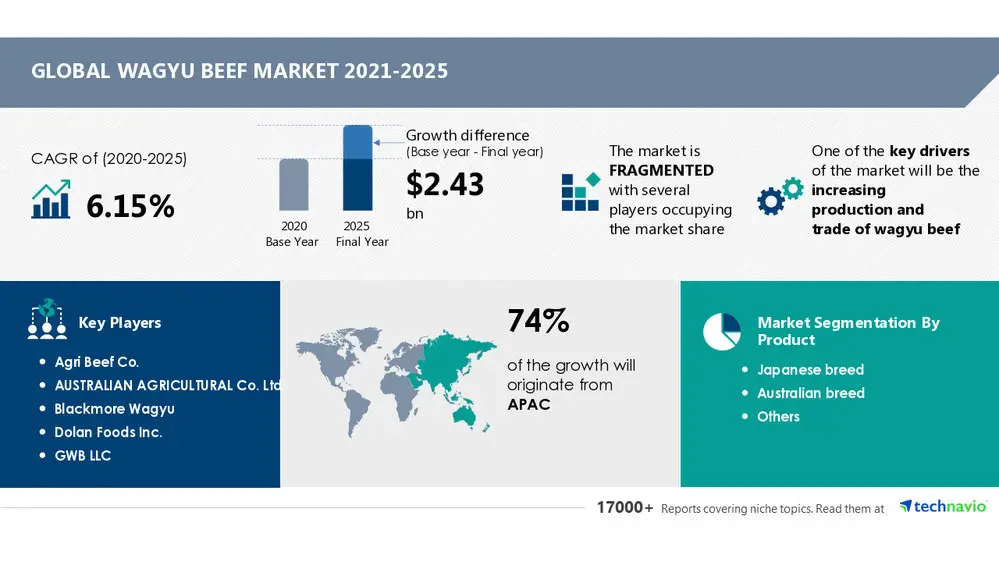
Next, if you want to know the scenario of the Wagyu beef market, look at this report offering a detailed analysis of the Wagyu beef market in forecast scenarios from 2021 to 2025. In this case, the Forecast and Analysis from 2020 to 2025 by Technavio in PR Newswire show how the compound annual growth rate will supposedly rise and reach up to 6.15 percent by 2025 when the market for Wagyu beef increases its production and trade.
Also, according to Statista, most Japanese consumers bought domestically produced Wagyu beef for at least one day per month, as revealed in a survey conducted in October 2020. However, only 18 percent of respondents bought Japanese Wagyu beef one day per month.
This depicts how it may have a comparatively less market, but its demand and pricing in other countries remain constant. Moreover, the global Wagyu Beef market was valued at 1132.4 Million USD in 2021. And it will supposedly grow with a Compound Annual Growth Rate of 3.7 percent from 2021 to 2027.
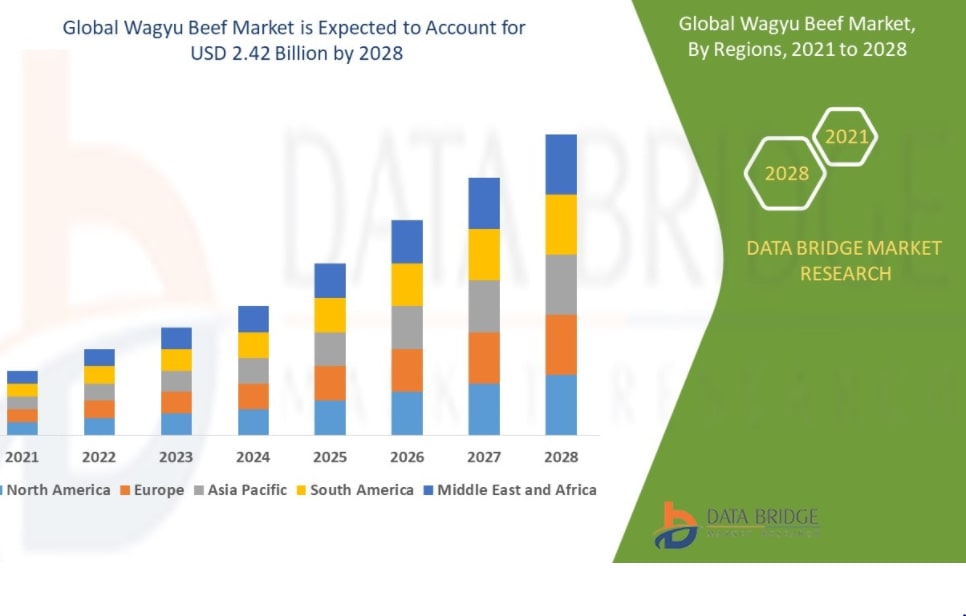
Plus, according to Data Bridge Market Research on the global Wagyu beef market by continents, you can clearly see how the market is anticipated to account for up to 2.42 billion US dollars. That indicates how its market growth will continue worldwide despite being so expensive. Meaning its rising demand will most likely increase its price.
Verdict
Overall, there’s no doubt Wagyu beef is the most prized and expensive beef globally. Well, the contributing factors that affect its high price seem justified and valid, given how the labor and time-intensive procedure of Wagyu production is conducted.
Hence, the popularity of Wagyu beef will reach its peak and beyond in years to come. Other than that, there’s a probability that new methods and extended regulation may yield something similar to the original Wagyu beef, which means you may get your hands on less expensive Wagyu beef in the future!
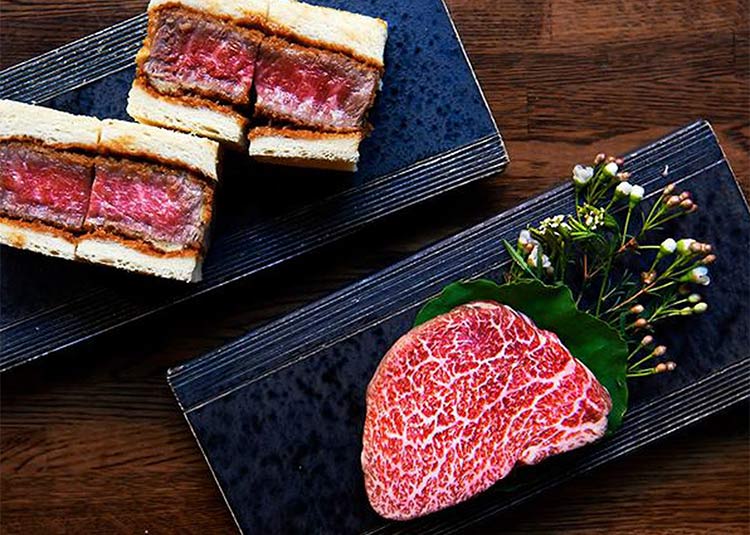
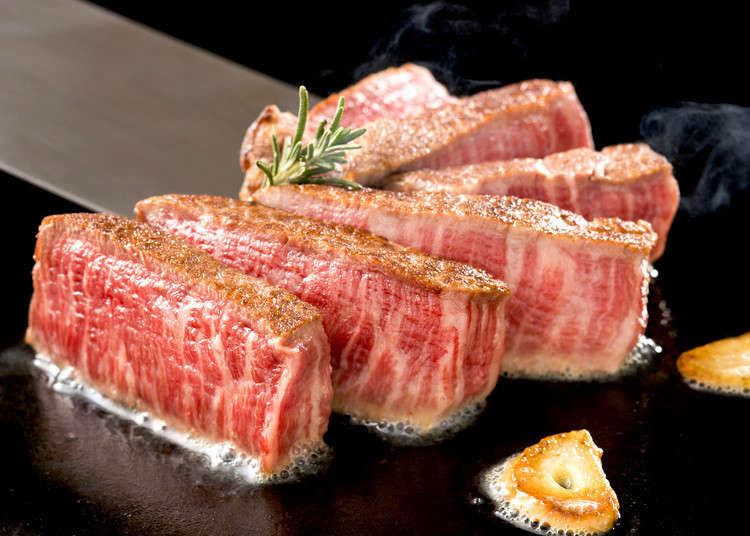

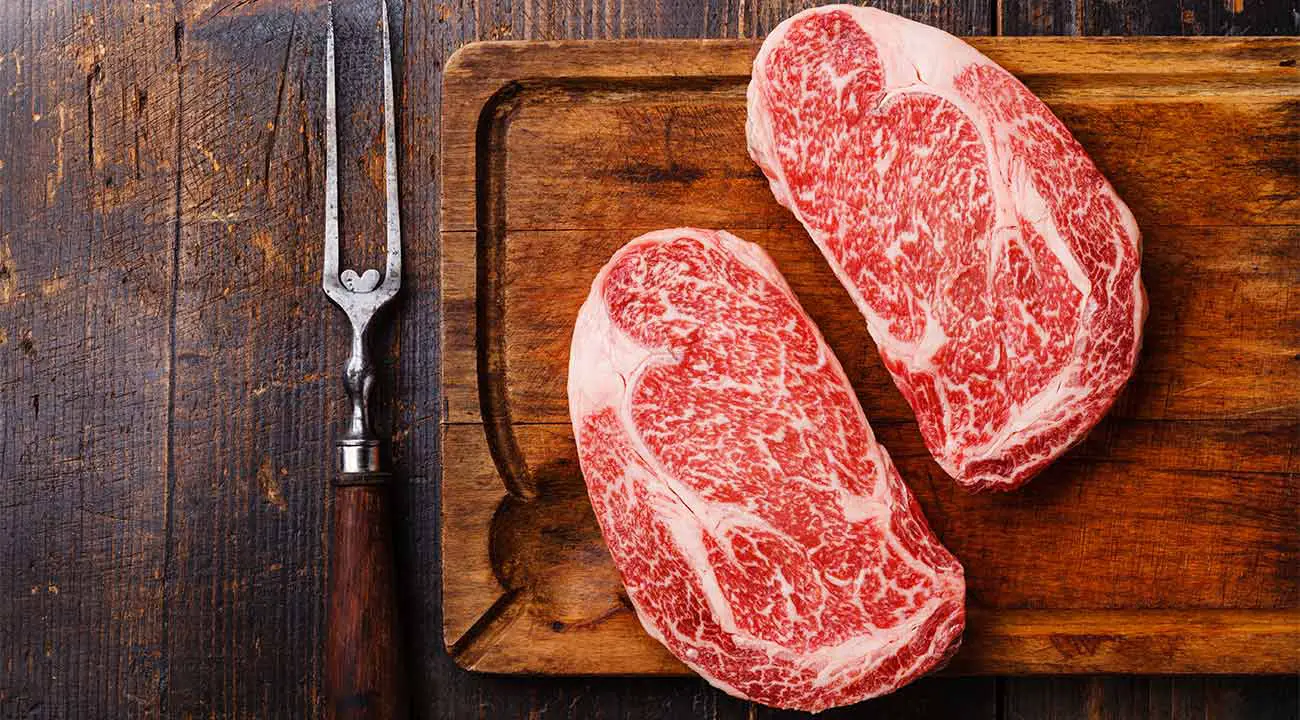








Leave a Comment